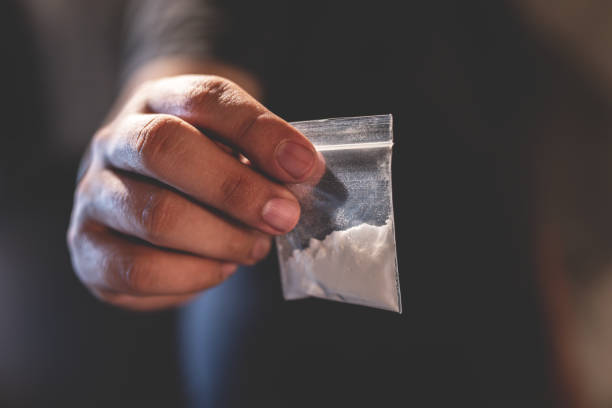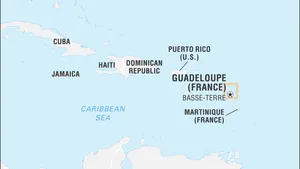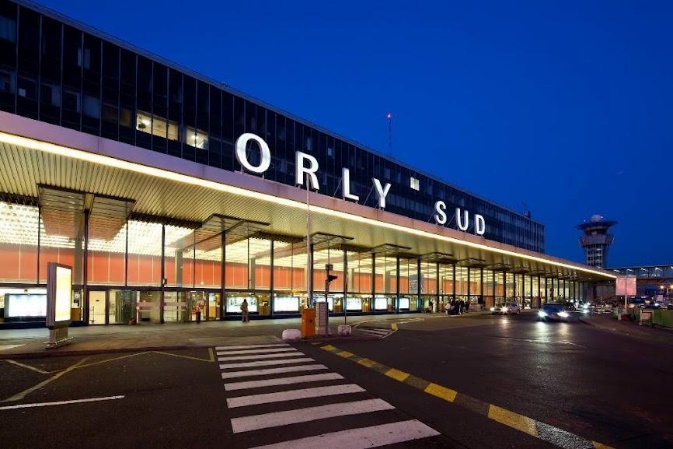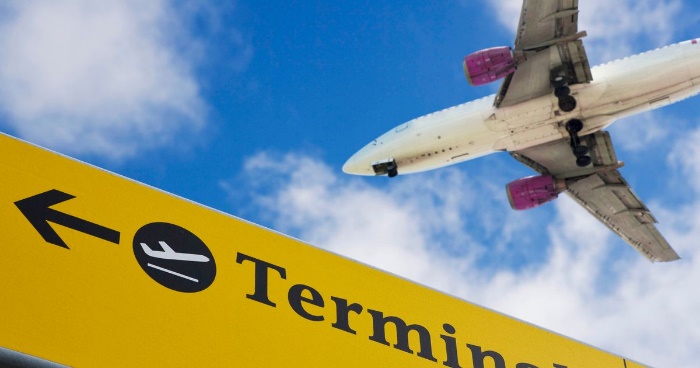
Avellon Williams
LATIN AMERICA / CARIBBEAN– Recent cocaine seizures in the French Caribbean territories of French Guiana, Martinique, and Guadeloupe have shown that these territories are also popular transshipment routes for trafficking cocaine into Europe.

In French Guiana, authorities announced on September 22 that a legal experiment, under which people caught with less than 1.5 kilograms of cocaine would not face criminal charges, would not be extended. French Guiana-to-Mainland France flights, particularly, have become frequent destinations for such small-time seizures.
Due to its direct flight connections to France, French Guiana remains a popular cocaine departure point. There have been numerous arrests in the past few years involving the air link between Cayenne, the capital of French Guiana, and Paris Orly’s airport.

It was revealed in February that French customs seized 64 percent more cocaine in 2021 than they did in 2019, despite a sharp drop in passenger numbers during the COVID-19 pandemic. Seizures of cocaine originated primarily in French Guiana.
More concern is being expressed by the government about the continued capture of larger cargoes. In the latest such seizure, over 1.3 tons of cocaine were found aboard a sailboat inspected by the French coast guard on September 10. A press release from the government said that this was the seventh such seizure this year.

It appears that sailing boats are a preferred mode of travel through the French islands, as another yacht was found in July carrying over 445 kilograms of cocaine off the coast of Guadeloupe.
Due to all of these factors, cocaine has been found flooding into France this year in an unprecedented amount. French customs confiscated more cocaine in July 2022 than they did in 2021, according to Gabriel Attal, France’s Minister of Public Action and Accounts.
A look at crime trends using InSight

The Caribbean is a popular route for drug traffickers to transport drugs from Colombia and Venezuela to Central America, Mexico, and the United States, but most cocaine going through French Guiana, Guadeloupe, and Martinique is headed to Europe.
An anti-narcotics sweep was conducted in French Guiana on a flight between Cayenne and Paris in May, according to French media group RTL. Before the flight, passengers on the flight were notified they had to arrive at the airport ahead of time for this control. In response to this message, 38 passengers promptly cancelled their tickets, several were denied boarding due to suspicious behavior, and five were arrested after small quantities of cocaine were found in their luggage.

In addition to the well-documented Cayenne-Orly route, Guadeloupe and Martinique are also prone to trafficking. The daughter and husband of a former French minister were allegedly accused of importing cocaine from Martinique to the mainland in June.
It is also suspected that European criminal groups outside of France may be getting involved. In July 2021, two Bulgarian citizens were found with a large quantity of cocaine on a yacht off the coast of Martinique. Over 300 kilograms of cocaine were recovered from the wreckage of the men’s shipment despite their attempts to burn it.

Additionally, France’s anti-narcotics office (Office anti-stupéfiants – Ofast) warned about traffickers swapping cocaine for cannabis resin.
In a 2020 interview for Radio France Internationale, Ofast’s director for the Caribbean, Christian Nussbaum said, “traffickers arrive in the Antilles with 1, 10, or 100 kilograms of cannabis resin and leave with 1, 10, or 100 kilograms of cocaine. Trafficking is on the rise due to its availability and its cheap cost.”




